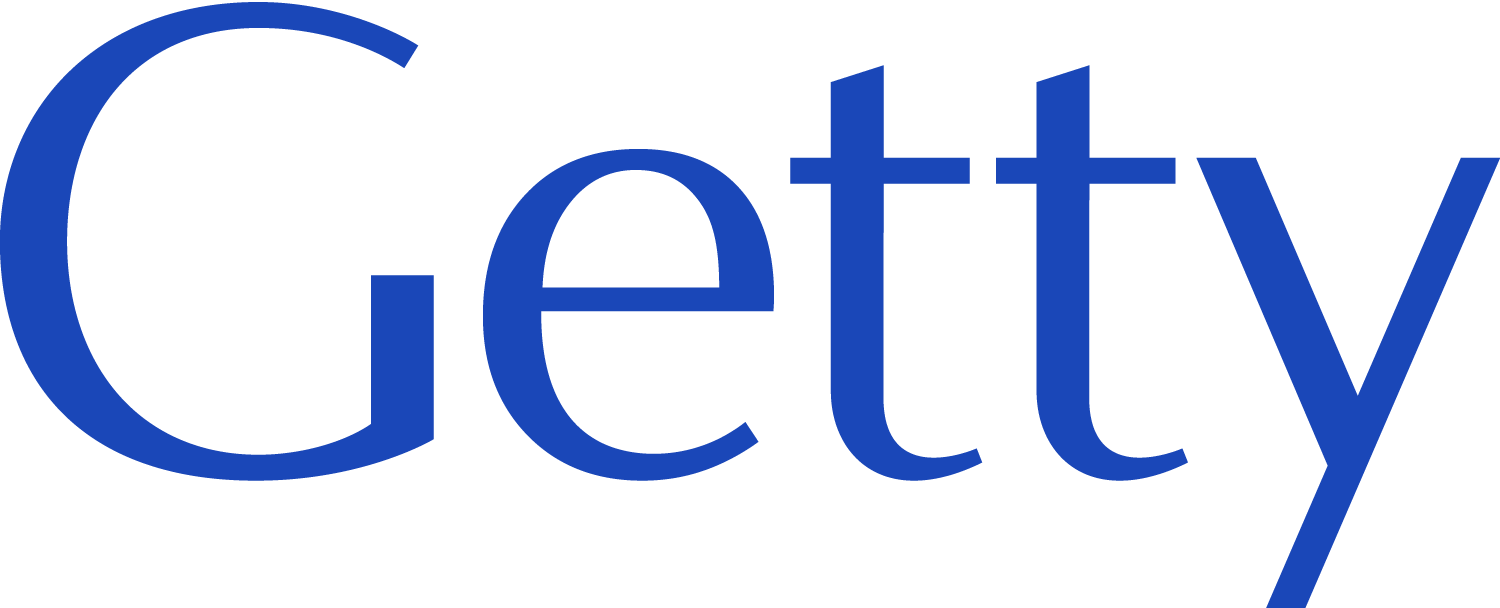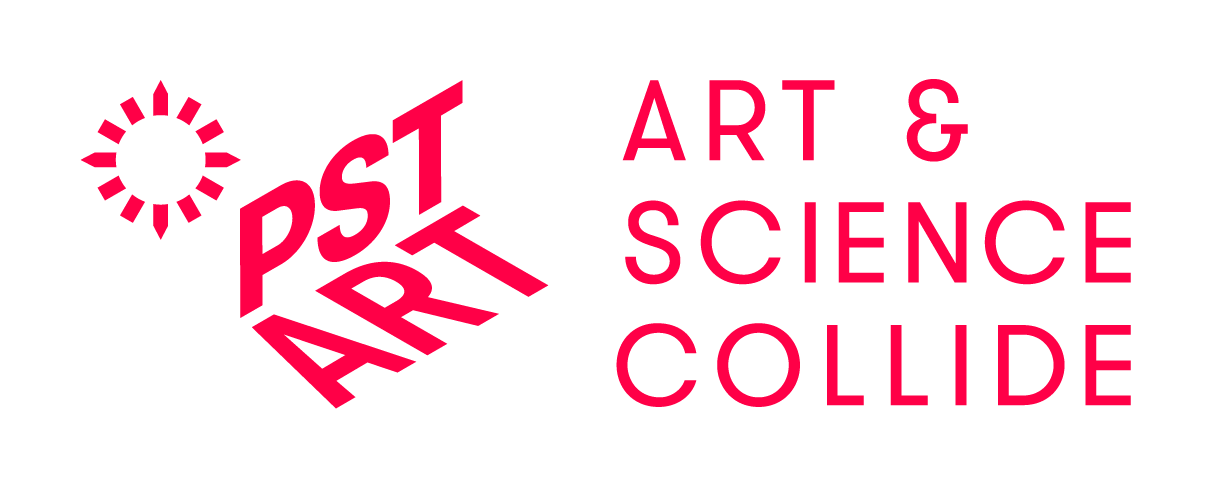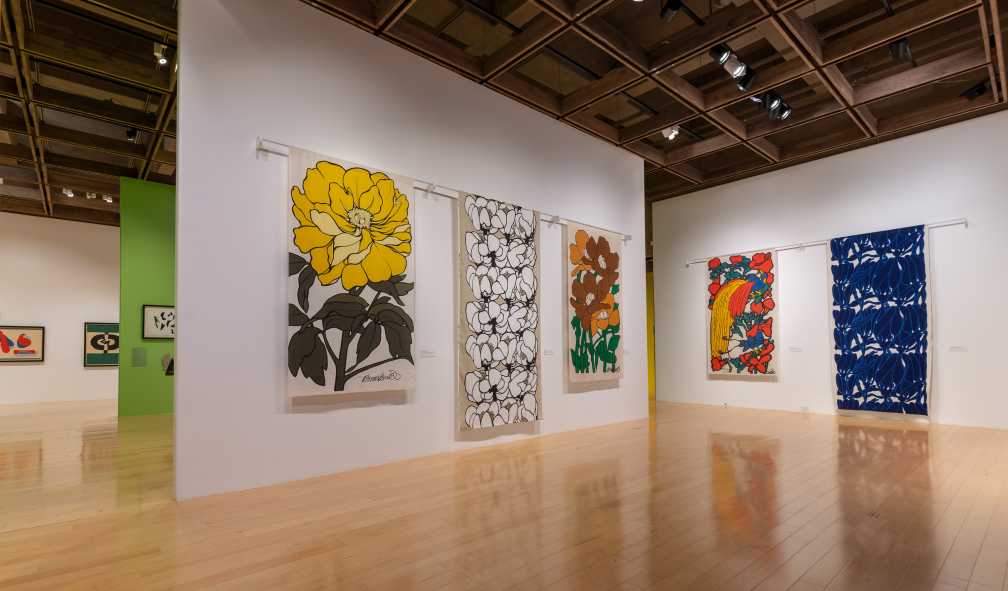Particles and Waves: Southern California Abstraction and Science, 1945-1990
< All Exhibitions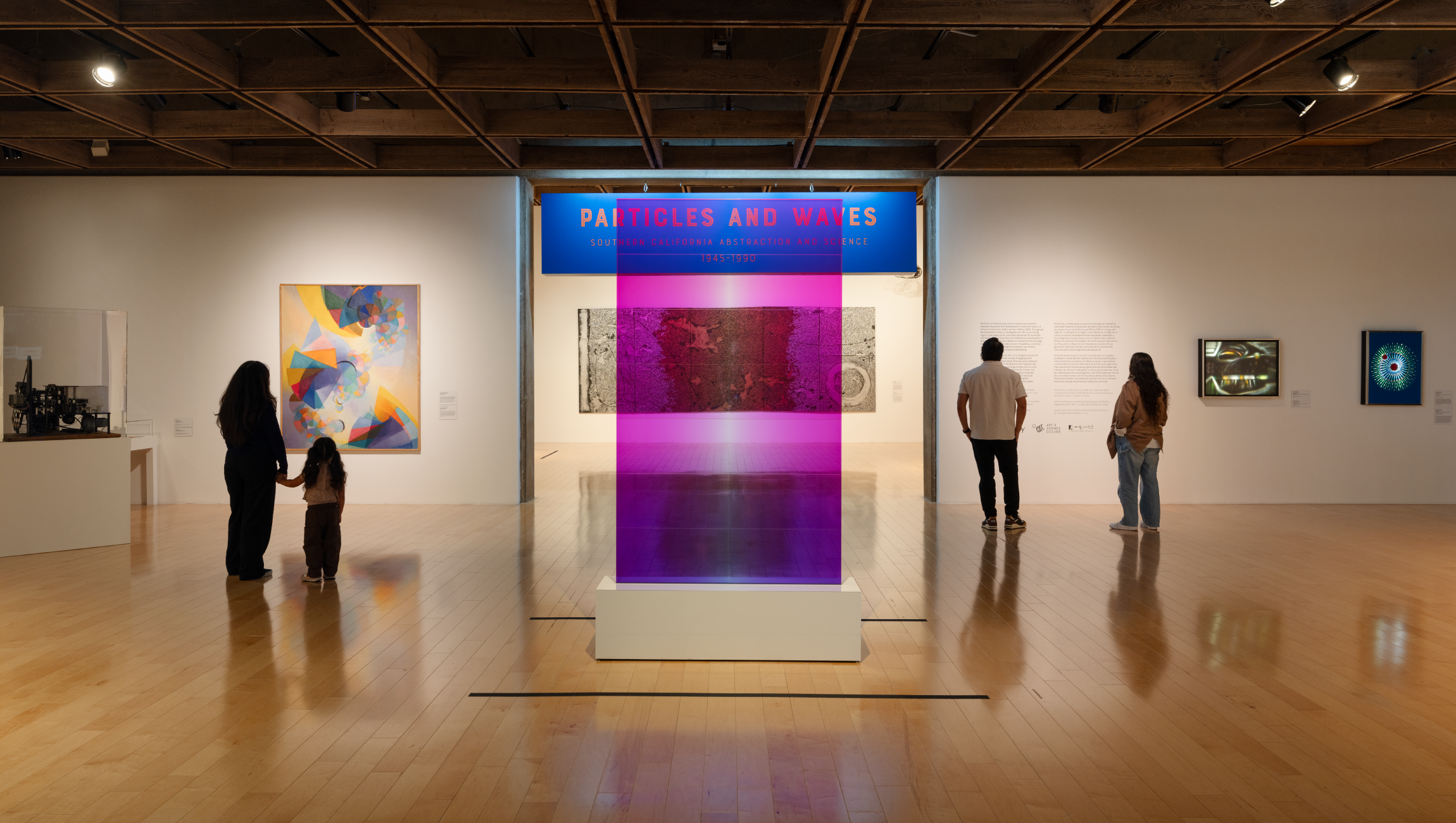
Where |
Main Museum |
|---|---|
When |
September 14, 2024 – February 24, 2025 |
Where |
Main Museum |
|---|---|
When |
September 14, 2024 – February 24, 2025 |
Particles and Waves examines how concepts and technologies from the realms of advanced scientific research impacted the development of abstract (or non-figurative) styles of artwork in postwar Southern California.
Beginning in the 1920s and 1930s, scientists at institutions near Los Angeles including Mount Wilson Observatory, the California Institute for Technology, and the Jet Propulsion Laboratory in Pasadena, generated groundbreaking experimental research in astronomy and particle physics. During and after World War II, the region remained at the forefront of scientific inquiry in theoretical physics and its applications within aerospace engineering, industrial manufacturing, and communications technologies. Between 1945 and 1990, many artists in Los Angeles produced visually abstract artworks while closely engaging with scientific ideas, mathematical theories, and materials or processes derived from physics and engineering.
The exhibition unites several generations of artists working in diverse materials and styles to examine how subfields of scientific investigation inspired a range of non-figurative artworks by practitioners concerned with light, energy, motion, and time. By drawing interdisciplinary connections between the work of early abstractionists and contemporary practitioners, the exhibition considers abstract artwork from Southern California in a new way.
Particle and Waves is among more than 50 exhibitions and programs presented as part of Pacific Standard Time. Returning in September 2024 with its latest edition, PST ART: Art & Science Collide, this landmark regional event explores the intersections of art and science, both past and present. PST ART is a Getty initiative.
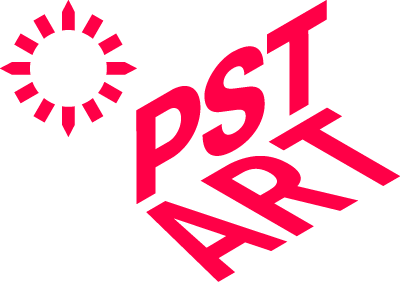
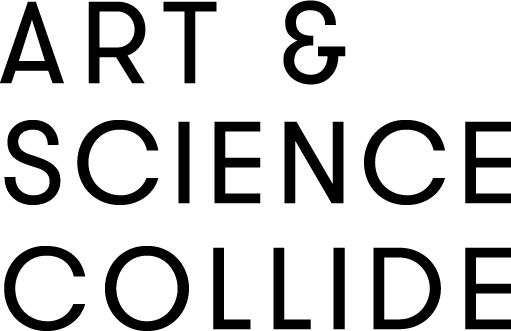
Southern California’s landmark arts event, Pacific Standard Time, returns in September 2024 with more than 50 exhibitions from museums and other institutions across the region, all exploring the intersections of art and science, both past and present. Dozens of cultural, scientific, and community organizations will join the latest edition, PST ART: Art & Science Collide, with exhibitions on subjects ranging from ancient cosmologies to Indigenous sci-fi, and from environmental justice to artificial intelligence.
Art & Science Collide will share groundbreaking research, create indelible experiences for the public, and generate new ways of understanding our complex world. Art & Science Collide follows Pacific Standard Time: LA/LA (September 2017–January 2018), which presented a paradigm-shifting examination of Latin American and Latinx art, and Pacific Standard Time: Art in L.A. 1945–1980 (October 2011–March 2012), which rewrote the history of the birth and impact of the L.A. art scene. PST ART is a Getty initiative.
Exhibition Highlights
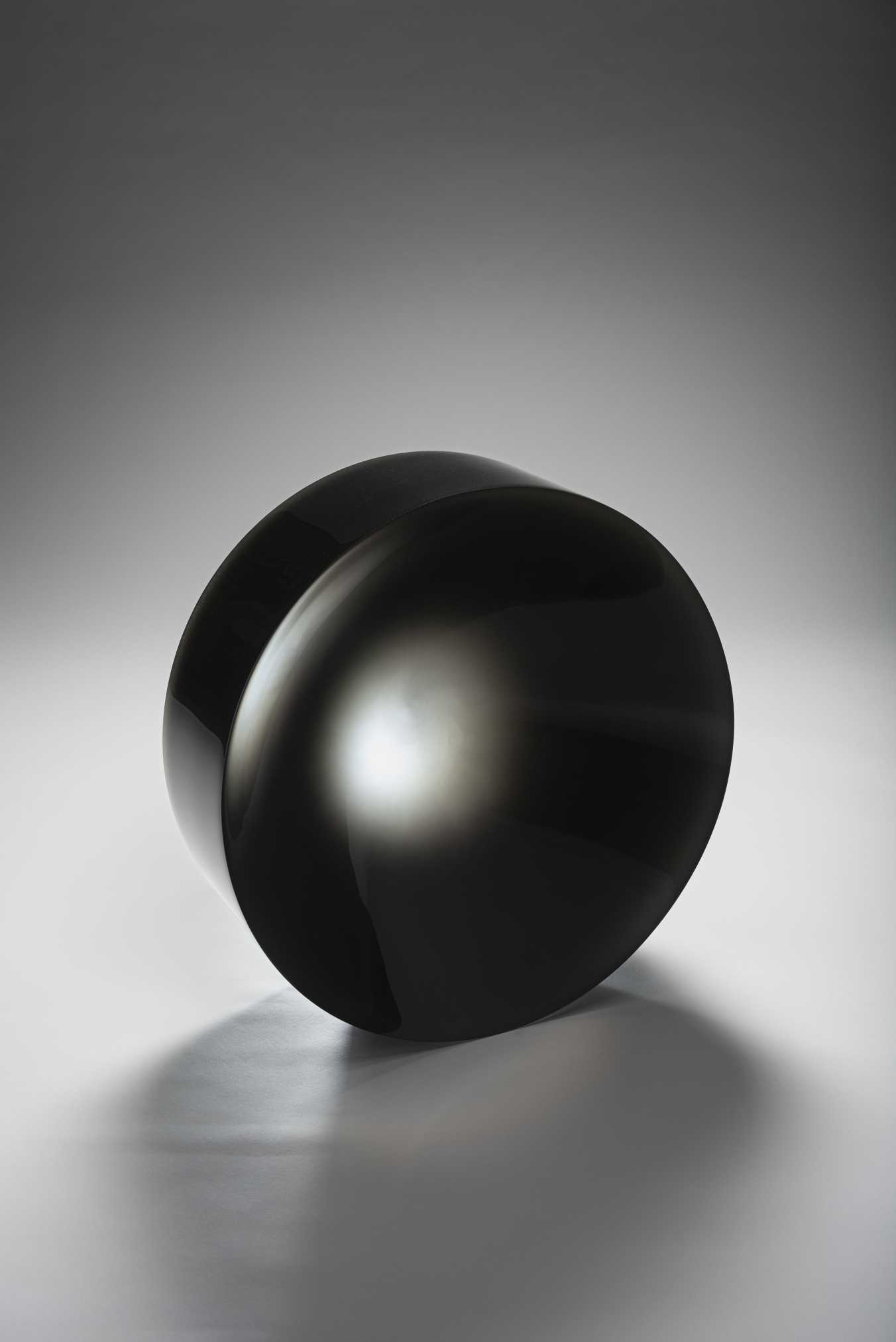

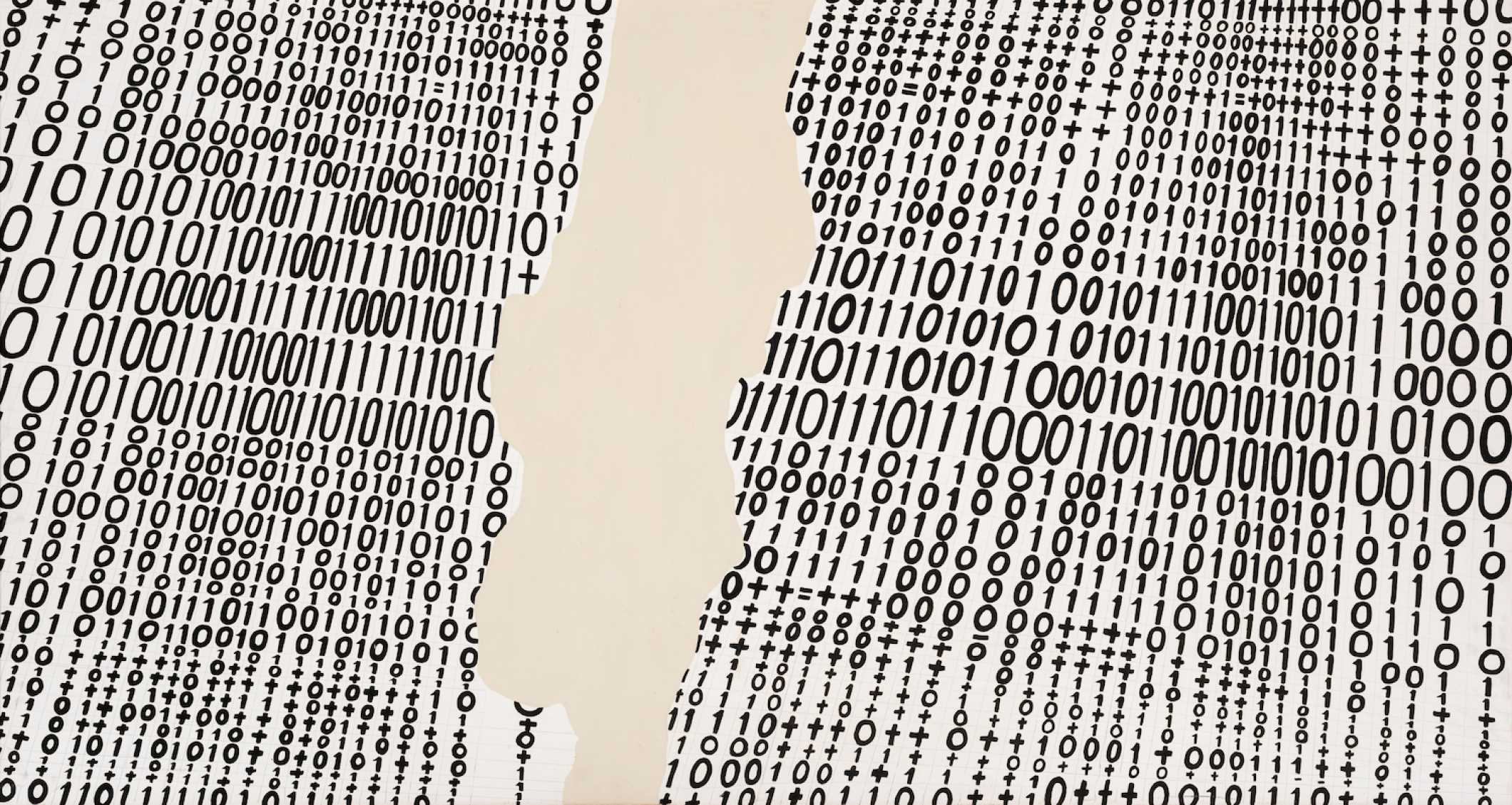




Particles and Waves is co-curated by Sharrissa Iqbal, Associate Curator for Modern & Contemporary Art and Michael Duncan, Guest Curator.
This exhibition is made possible with support from Getty through its PST ART: Art & Science Collide initiative.
Additional support provided by Mary Bechmann, in memory of Dr. Albert Y.C. Yu.
